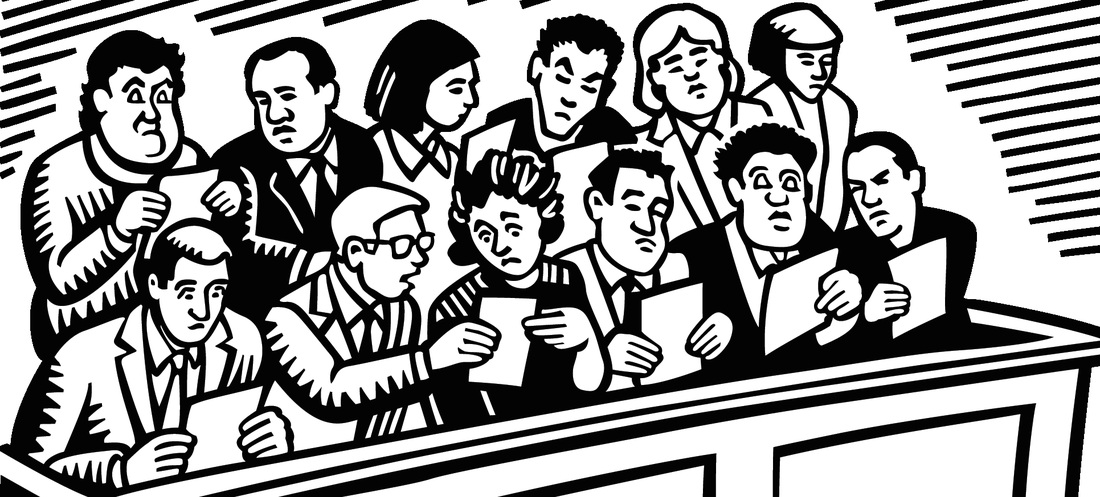The report "Helping All Who Are Exposed: A New View of Suicide Loss"* (available to read or download, below) describes a framework that considers the needs of everyone who might experience negative effects after someone dies by suicide. The framework organizes people that a suicide could have an impact on into four categories:
• Suicide Exposed: Everyone who has any connection to the deceased or to the death itself, including witnesses
• Suicide Affected: Those for whom the exposure causes a reaction, which may be mild, moderate or severe, self-limiting or ongoing
• Suicide Bereaved Short-Term: People who have an attachment bond with the deceased and gradually adapt to the loss over time
• Suicide Bereaved Long-Term: Those for whom grieving becomes a protracted struggle that includes diminished functioning in important aspects of their life
The graphic above gives a multitude of examples of people who might experience fallout from a suicide, including many whose needs are not accounted for in current outreach efforts. As the report states,
"Determining how a particular individual might be categorized would not be linked to the person's designation, role, or relationship in reference to the deceased. Rather, each person's reaction to the death would determine the category into which he or she would be classified."







 RSS Feed
RSS Feed